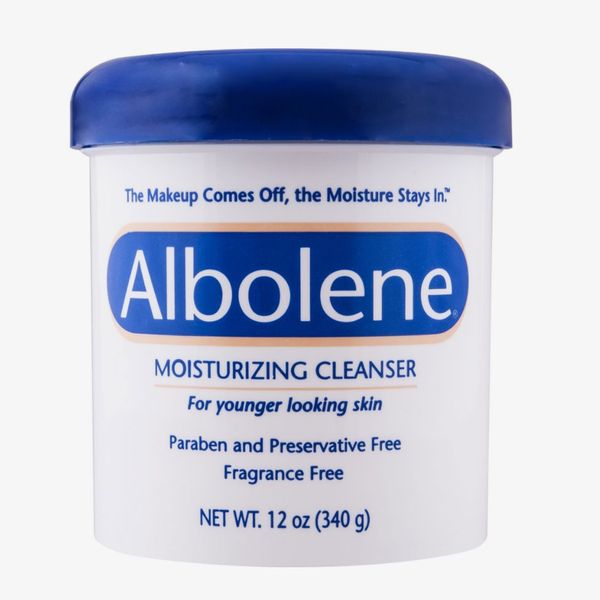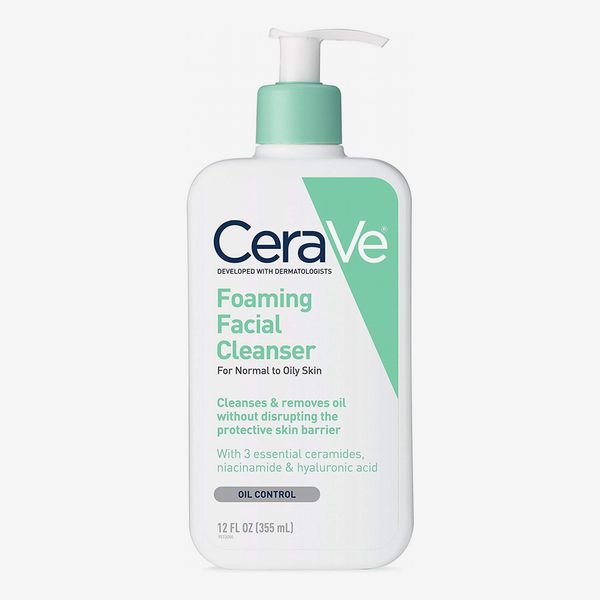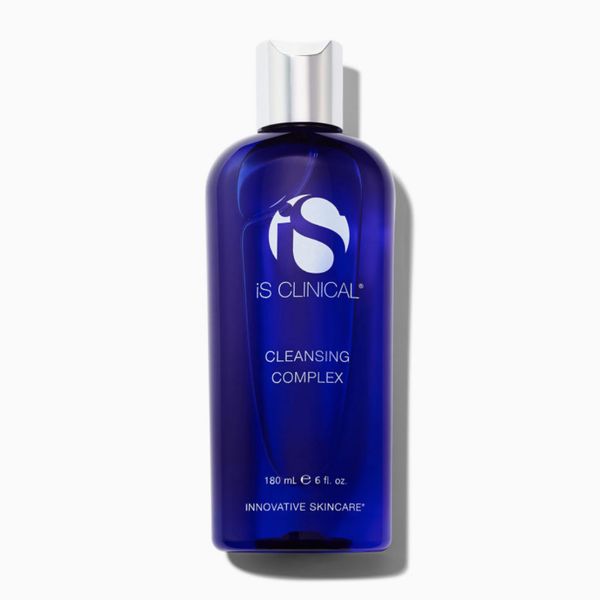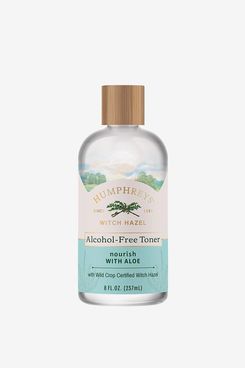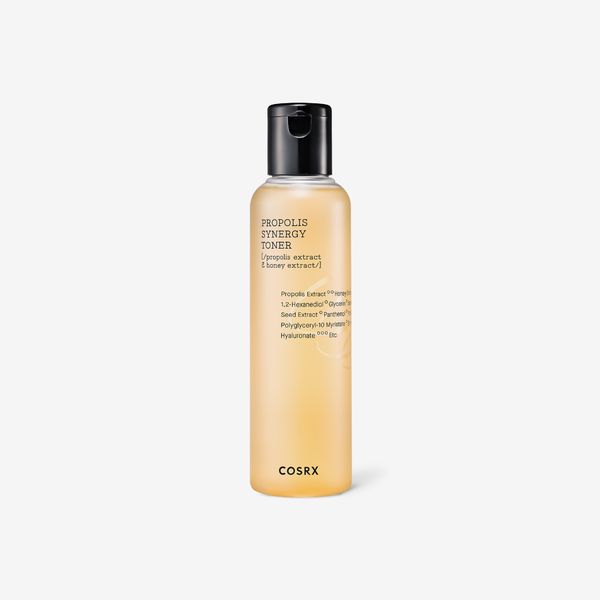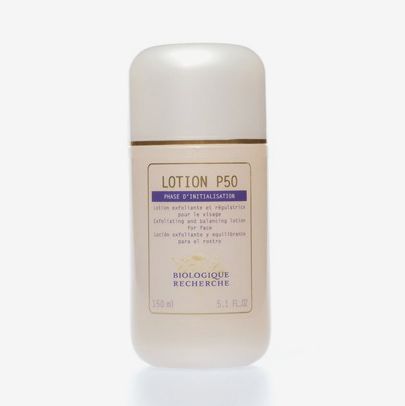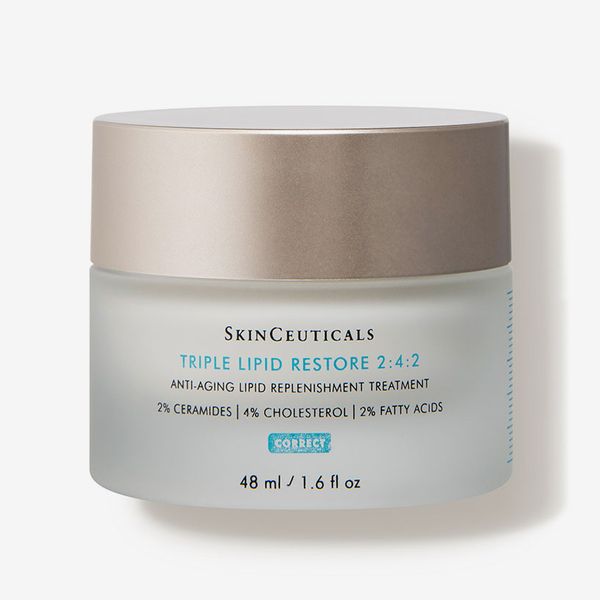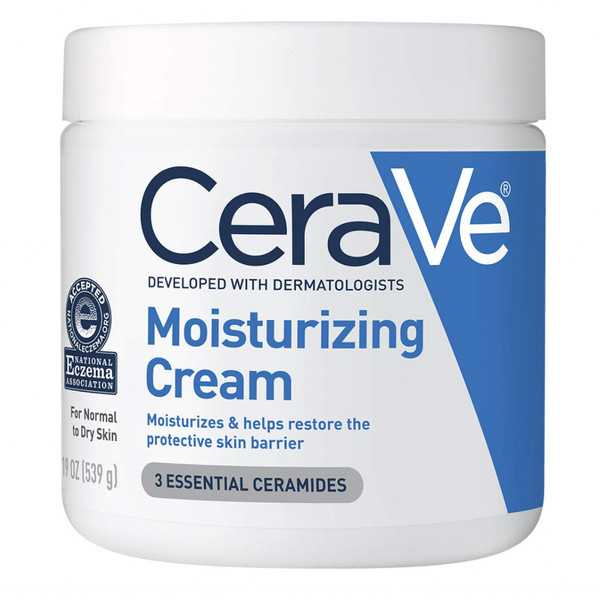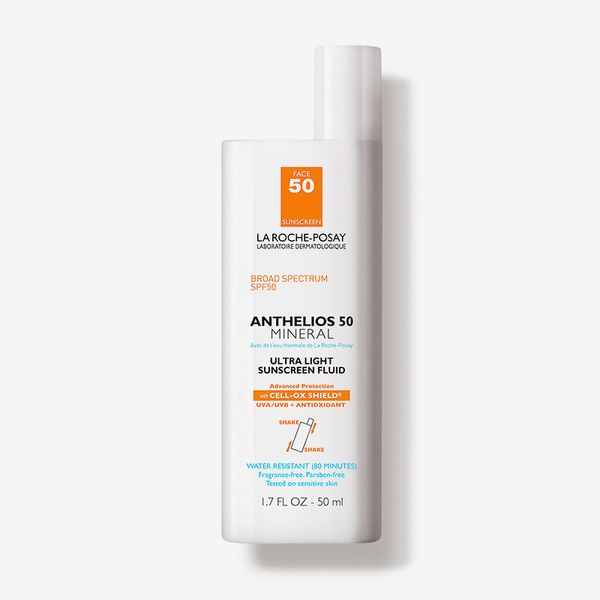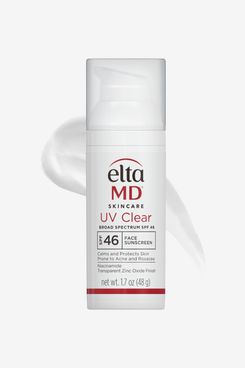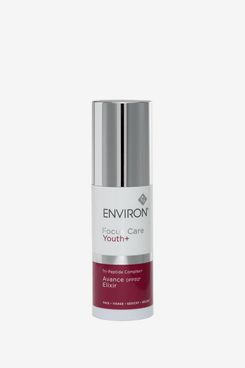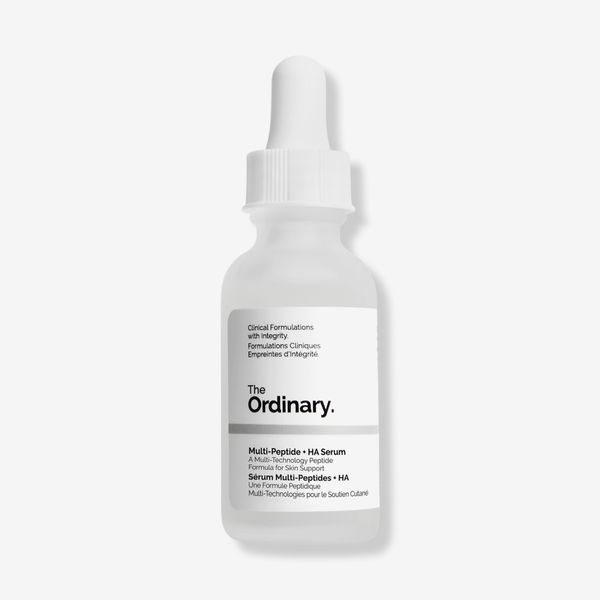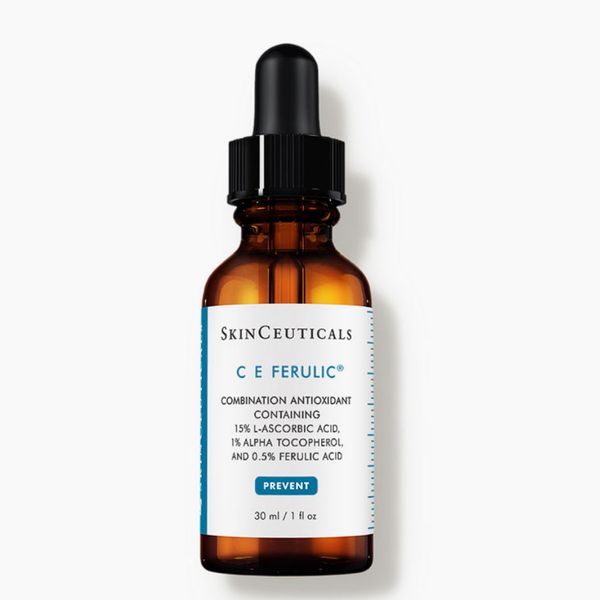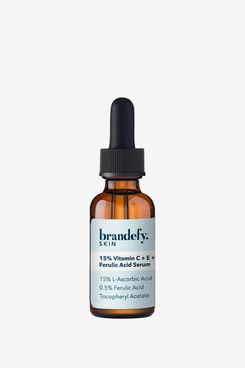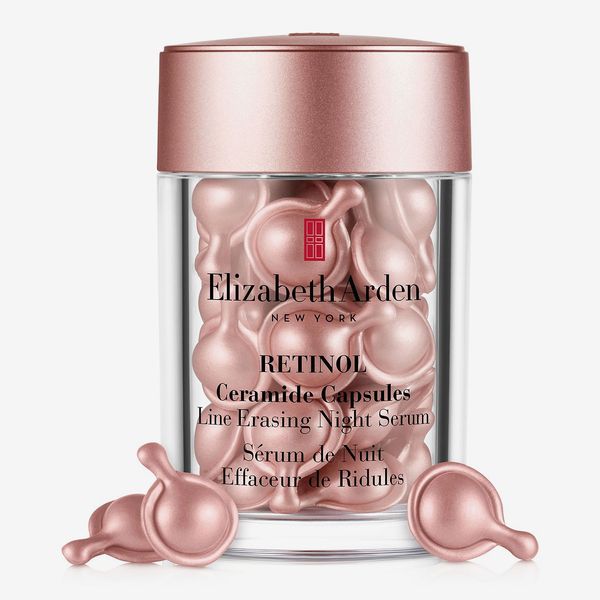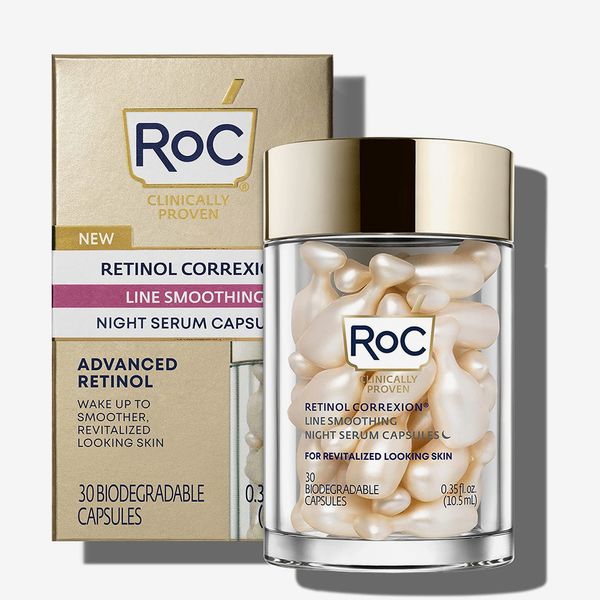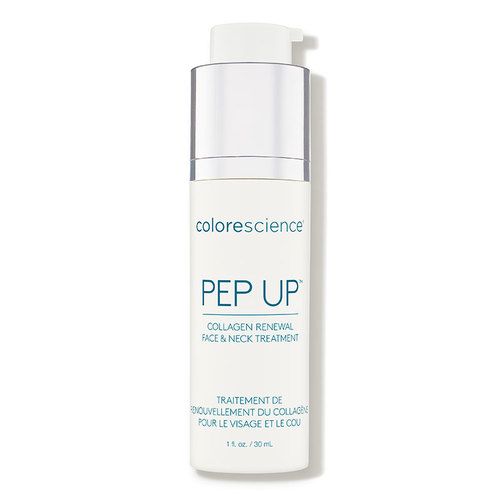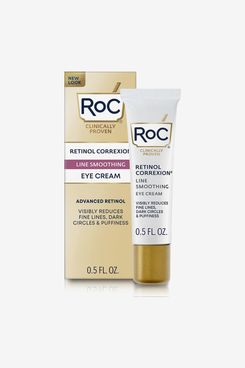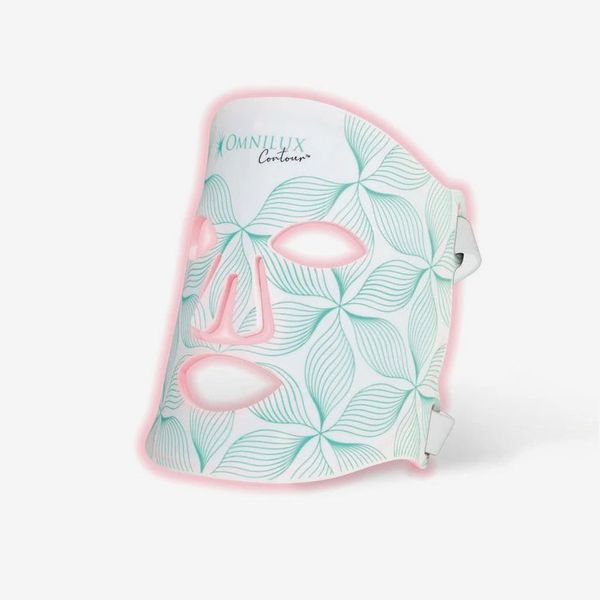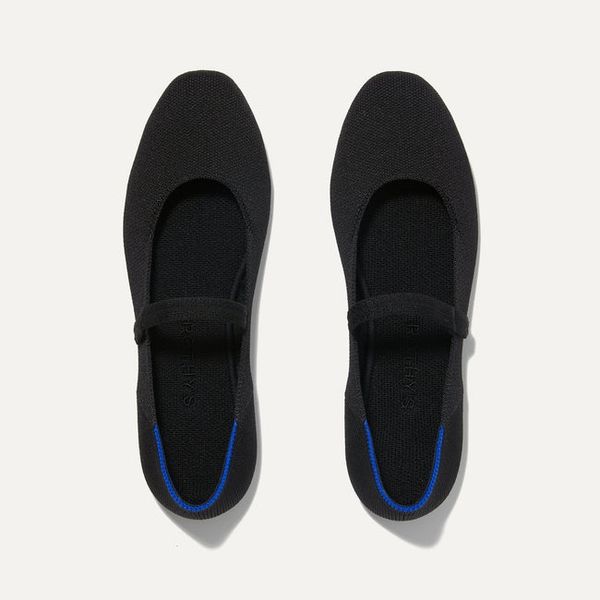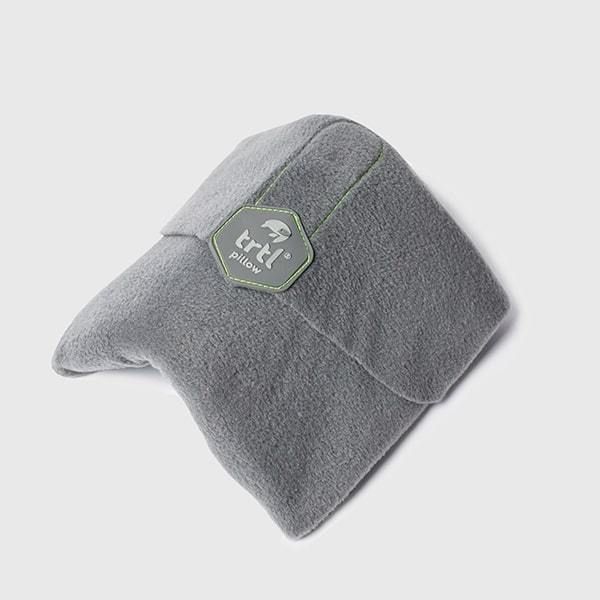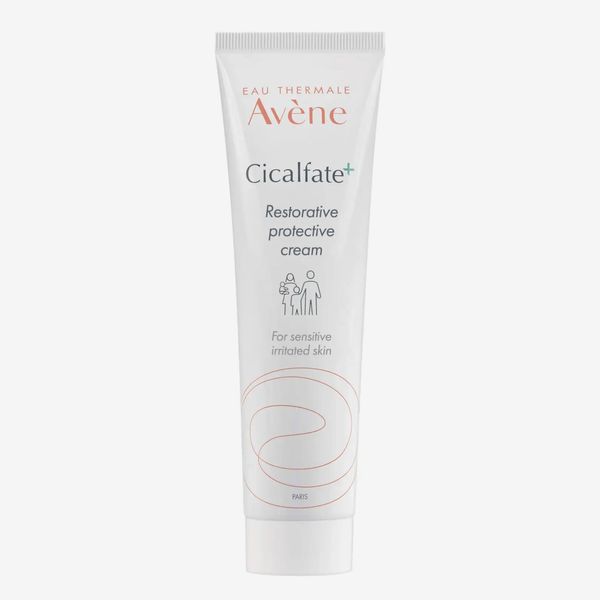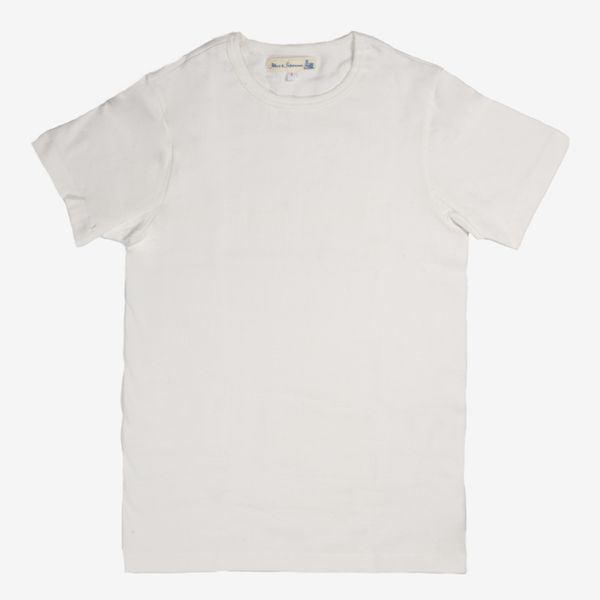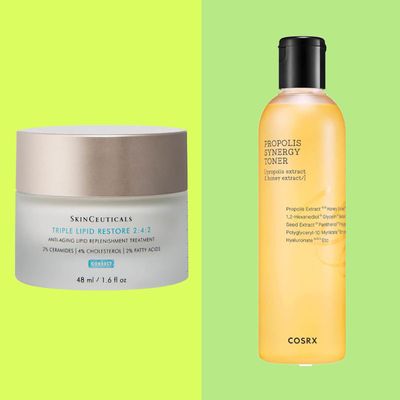
In this article
Turning 50 is a major milestone for your skin. While your 30s and 40s may have been about preventative steps (such as protecting your skin from environmental aging and keeping the pores clean and blemish-free), your 50s is when your skin-care routine needs to be more reactive to the body’s natural processes. “The cell-renewal process slows down as we enter our 50s, leaving older, duller cells that stay on the skin’s surface longer,” says Dr. Dendy Engelman, a board-certified cosmetic dermatologist. As we age, our ability to produce collagen also slows down, leading to crepiness in our skin and visible signs of aging. “Definitely into the 50s, crepiness around the eyes and neck is really common,” says dermatologist Carmen Castilla, M.D. “Along with that, pores can get a little bit larger due to sun damage and hormonal changes, and you may start to notice some discoloration as well.”
Basically, as we age, the list of our skin concerns grows with us. But there is a solution: Step up your skin care and find a routine that works with your skin as you age. To help you get started, I’ve used my years of knowledge as a beauty reporter as well as the advice of dermatologists and aestheticians to find the right products for each step of the way. Whether you’re looking to build the basics of your routine or target an issue that you’ve started to notice as you age through your 50s, you’ll find picks of the best cleansers, toners, and skin-care devices below. You’ll notice that some of the picks here also feature in my guide to skin care in your 30s and 40s — there are some staples that I think work very well across all ages, and as you’ll see, you don’t need to clear your whole skin-care shelf at the turn of a new decade.
Cleanser
I recommended this makeup remover in my guide to skin care in your 40s, and I’m recommending it here, too. That’s because as we age, our skin becomes “dryer, more fragile, and may have more prominent pores or wrinkles where makeup can stick,” explains Dr. Heidi A. Waldorf of Waldorf Dermatology Aesthetics. So when you cleanse, a moisturizing product like Albolene really goes a long way. “If Vaseline petroleum jelly and Pond’s cold cream had a baby, it would be Albolene,” says Waldorf.
For your second cleanse, you want to keep hydrating your skin. Dr. Michelle Henry, a board-certified dermatologist and founder of Skin and Aesthetic Surgery in New York, recommends this foaming cleanser from CeraVe, which contains ceramides, hyaluronic acid, and niacinamide. Together, the ingredients cleanse the skin while moisturizing and supporting the skin’s moisture barrier. Niacinamide helps with softening wrinkles and improving uneven skin tone. (If your skin is on the drier side, consider CeraVe’s hydrating cleanser instead. I like the added niacinamide of the foaming cleanser, but sometimes foaming cleansers can feel stripping on extremely dry skin types.)
A few times a week, you might like to use iS instead of CeraVe for your second cleanse. It’s a cleanser that doubles as an exfoliant, and it will help boost that skin-cell turnover that’s slowed down naturally with age. It contains willow-bark-derived salicylic acid to speed up the turnover process along with chamomile and centella asiatica — antioxidants that heal damaged skin and protect from additional damage while also brightening the complexion overall.
Toner
“Consider a toner that helps balance the normal pH of the skin and deposits hydrating active ingredients like hyaluronic acid,” says Henry. This one from Humphreys Witch Hazel is a favorite of Engelman, who likes that it cleanses and balances the skin without drying it out. The brand has a few variations to choose from, but I recommend going with an alcohol-free option, as alcohol can dry out skin. Of those, I’m a fan of the aloe-and-witch-hazel formula, because aloe is known to soothe and hydrate the skin.
If your skin is extremely dry or prone to flakiness and redness, our beauty columnist Rio Viera-Newton previously recommended this toner, which she uses in place of a cleanser in the morning. Its star ingredient is propolis or bee glue, a resinlike substance that bees collect from trees, shrubs, and plants. It has become very popular in the Korean beautysphere, thanks to its antiseptic and anti-inflammatory properties, which help to soothe and repair skin. “It does an equally good job of calming inflammation and redness (whether that be breakouts or just cold-weather flaky bits) as it does moisturizing my skin,” says Rio. It is also said to have wrinkle-smoothing and anti-aging properties due to high levels of antioxidants, which neutralize the effects of free radicals.
If you have a little more cash to splash, consider the Biologique Recherche Lotion P50. I’ve recommended it in my guides to skin care at 30 and 40. It’s a great skin-care product for any age. It’s an acid exfoliant, but it isn’t harsh and doesn’t burn the skin (it’s only harsh on the nostrils; it has quite a distinct, strong odor). “Over time, your skin gets even smoother, brighter, and clearer,” says Jordana Mattioli, a medical esthetician in New York City, of the acid exfoliant. That’s because it’s sloughing those dead skin cells away, unclogging pores, and leaving you with an overall brighter complexion.
Moisturizer
If your skin has always been on the dry side, chances are you’re feeling the lack of moisture more and more as you age. That’s when it might be time to step your moisturizer up even more and opt for one targeted for older, drier skin. I like this pick from SkinCeuticals. It’s packed with the usual moisturizing ingredients (fatty acids, ceramides) but also has additional cholesterol and antioxidants packed in. One of those antioxidants is vitamin E, which dermatologist Annie Chiu explains “supports cell reproduction, helps skin repair itself, and defends skin against environmental damage.”
If you want a more affordable pick, fellow Strategist beauty writer Tembe Denton-Hurst recently named CeraVe as our favorite moisturizer for mature skin. Her reasonings are all the same as mine for including it here: it has a thick, creamy consistency that you can feel working as you slather it on, it’s packed with uber-hydrating glycerin, ceramides and hyaluronic acid, it’s affordable, and it’s easy to get your hands on. It hydrates, and thanks to the hyaluronic acid, it plumps the skin. I can also say first hand that it never feels greasy or heavy once applied, instead it absorbs quickly, and leaves your skin feeling smooth and quenched.
SPF
Sunscreen is nonnegotiable. Not only will it shield your skin from harmful UV rays (the cause of an overwhelming majority of skin cancers), but it will help slow down the aging process, even though it’s already begun. You should opt for a formula with at least SPF 30, but I like to recommend the more powerful SPF 50. That’s the rating of this La Roche-Posay sunscreen, which has a superlight formula (so even if you hate the stickiness of normal sunscreen, you can get on board with this). It’s a mineral sunscreen: Mineral formulas use physical blockers like zinc and titanium oxide, bouncing the sun’s rays off of skin. It’s a good option if you have sensitive or acne-prone skin, because the formula sits on top of your skin rather than being absorbed by it. This particular formula also contains moisturizing glycerin and hyaluronic acid, which add yet another layer of moisture at the end of your routine.
Mineral sunscreens are known for leaving skin with a white cast due to the zinc and titanium. This isn’t ideal if you have a deeper skin tone or want to wear your sunscreen under makeup. An alternative option is this oft-recommended sunscreen from Elta MD, a favorite of dermatologists and Strategist editors. It offers both physical and chemical protection and dries down to an almost matte, nongreasy finish. There’s also a small amount of lactic acid to help gently exfoliate and keep skin healthy looking and glowy — so I’ll forgive it for being SPF 46, and not quite 50.
Serum
The serum you purchase should be specific to your skin-care goals and address those concerns. So I recommend picking one or two serums to incorporate into your routine — no need to overdo it and add every single active that you read about. Instead, find the ingredients that work best for you depending on the concerns you’re most eager to address: Vitamin C is great for brightening a dull complexion, and peptides boost collagen production (helpful if you are targeting wrinkles).
Generally, our experts recommend incorporating peptides into your routine. Peptides are amino acids that are the building blocks to the skin and when added to a skin-care product, it can stimulate your skin to make collagen. Aesthetician Sarah Akram recommends the Tri-Peptide Complex+ Avance Elixir from Environ. “It provides the skin with a more youthful and radiant complexion while assisting in improving the overall structure of the skin,” she says. She likes to pair it with the brand’s Frown Serum, which she says helps to reduce existing lines and wrinkles.
At the more affordable end, there’s the Ordinary’s Multi-Peptide + HA Serum (we’ve written that it’s one of the best serums you can buy under $25). As the name suggests, it’s packed with peptides and hyaluronic acid. It helps to target signs of aging while also helping to moisturize skin.
I recommend a vitamin-C serum for use at any age, as there are so many benefits. Vitamin C is a powerful antioxidant: It brightens skin (and any sun spots you may have noticed developing as you age), it evens out tone, and it protects against UV damage. When it comes to vitamin-C serums, SkinCeuticals makes the best — according to me, my fellow beauty writers, and dozens upon dozens of dermatologists that have recommended it to us over the years. “SkinCeuticals C E Ferulic was explained to me, as a young beauty editor, as liquid gold,” says Denton-Hurst. “Naturally, when I got my hands on my first bottle, I was excited. And by the end of that bottle, I was hooked. It has been the gold-standard vitamin-C serum for years, so much so that lots of formulas have mimicked the ingredients list, chasing the same results. But nothing beats the original.”
There are, of course, cheaper options that still work wonders for your skin. This pick from Brandefy has similar ingredients to the Skinceuticals C E Ferulic, but is less than half the price. Dr. Dendy Engelman, a board-certified cosmetic dermatologist, recommends this formula from Brandefy because it boosts brightness overall. Brandefy’s formula contains a high concentration of pure vitamin C (15 percent) along with tocopheryl acetate (vitamin E), and 0.5 percent ferulic acid, an antioxidant that helps to neutralize free radicals and also stabilizes vitamin C and E. It also contains propanediol, a humectant that helps skin to retain moisture. It should be noted that propanediol has been flagged by the Environmental Working Group as a potential skin irritant, but it is relatively low risk in topical skin-care products.
Retinoid
Retinoid is the name given to a group of vitamin-A-derived products that can be used to treat all manner of skin-care complaints, such as retinol and retinal. They are the gold standard in anti-aging and have been recommended by dermatologists for virtually all skin stages. That’s because vitamin A is a multitasker. It encourages skin turnover, thickens skin, increases collagen production, and smooths fine lines. Retinol works by stimulating fibroblast and collagen-fiber production and improving skin elasticity. Retinol is also one of the best ways to “reduce the appearance of fine lines, crow’s-feet, and wrinkles,” says Henry. It’s a must in your 50s if you haven’t already been using it. Engelman says prescription-strength retinoids are “vital” at this stage, but Dr. Jaimie Glick M.D. says that sometimes as her patients age, their skin becomes so dry that they can’t tolerate a prescription-strength retinoid. That’s where over-the-counter products come in, and there are plenty that that I (and my dermatologists) recommend.
If you’re new to retinoids, these capsules are useful for beginners. Similarly to vitamin C, retinol is known to be unstable and can be rendered ineffective when exposed to oxygen and light or even certain pH levels. That’s where encapsulated retinol comes in. Each dosage is self-contained in single-use capsules that you open and apply to the skin. This ensures optimal freshness, which increases the benefit to skin. It also contains ceramides to help reinforce the skin’s barrier. “They provide targeted anti-aging benefits like minimizing fine lines and wrinkles and improving skin texture,” says Engelman. They’re also the capsules that dermatologist Dr. Jaimie Glick recommends to her more mature patients, who are learning the basics of applying retinol.
Dr. Henry recommends this formula from RoC that’s made with a high concentration of the brand’s retinol. It also comes in capsule form and is a bit cheaper than the Elizabeth Arden formula. In addition to retinol, it contains a blend of antioxidants to help protect skin from further damage. Another bonus: The capsules are biodegradable, so you don’t have to worry about adding more unrecyclable plastic to your skin-care routine.
Problem areas
In your 50s, some areas will begin to reveal the signs of aging more dramatically than others. The neck and the eyes are the main culprits. If these are areas that you’re concerned about, I made sure to ask the dermatologists about the products that they recommend (along with in-office treatments) to their patients with the same concerns.
“For tightening the neck, I always look for a product with a high concentration of peptides,” says Debra Jaliman, an assistant professor of dermatology at Mount Sinai’s Icahn School of Medicine. Peptides are so popular in anti-aging products because they can help boost collagen production. Jaliman also says it’s nice and hydrating — which your neck will appreciate.
I also like this affordable eye cream from RoC. It contains retinol, but it’s far weaker than prescription strength, so it shouldn’t irritate the skin around your eyes. Instead, it will help with the main concerns that you may have around this area (wrinkles, dark circles, puffiness, and even crow’s-feet).
Skin-care devices
While skin care on its own is great, Akram recommends adding in “highly efficient, noninvasive” at-home devices to enhance results. “They should definitely become a priority if you haven’t already introduced any into your routine,” she says. She’s a fan of the OmniLux Contour Face, a red-light therapy mask that uses two wavelengths of red light — which just so happens to be the LED mask we recently rated our favorite overall. Red light penetrates deeper than other forms of visible light and stimulates the mitochondria to produce new collagen. By generating new skin cells, it also reduces wrinkles and helps with sun damage. Red light is thought to reduce inflammation as well, a contributing factor to redness, itchy skin, and dryness. If you struggle with any of these, a red-light therapy mask can help.
Additional reporting by Tembe Denton-Hurst.
The Strategist is designed to surface the most useful, expert recommendations for things to buy across the vast e-commerce landscape. Some of our latest conquests include the best acne treatments, rolling luggage, pillows for side sleepers, natural anxiety remedies, and bath towels. We update links when possible, but note that deals can expire and all prices are subject to change.

